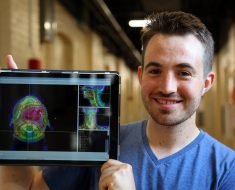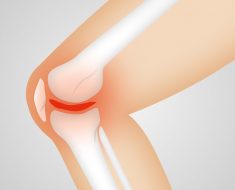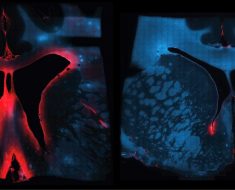Properly composed treatment and refraining from cigarette consumption can significantly reduce the risk of cardiovascular disease resulting from type 2 diabetes, according to a study published in the New England Journal of Medicine. In some cases, the increased risks could theoretically be eliminated.
“This is definitely good news. The study shows that patients with type 2 diabetes with all risk factors within therapeutic target range had an extremely low risk of premature death, heart attack and stroke,” says Aidin Rawshani, medical intern and doctoral student at the Institute of Medicine, Sahlgrenska Academy, Sweden, and author of the article.
The study is based on data from the Swedish National Diabetes Register of approximately 300,000 patients with type 2 diabetes in the period 1998–2014. These patients have been compared with up to five times as many gender- and age-matched control subjects from the general population.
Full control – lower risk
The results show that there are individuals with type 2 diabetes who have no more than just ten percent elevated risk of premature death, heart attack and stroke compared to the general population. The risk for heart failure in this group is 45 percent higher than in the control group.
On the other end of the spectrum, there are individuals with type 2 diabetes that have ten times the risk for heart attack, heart failure and stroke and five times the risk for premature death compared to the control group.
A crucial aspect is how well a number of risk factors are controlled with medication and by not smoking. These factors are blood pressure, long-term blood glucose, lipid status (fats and fat-like substances in the blood), renal function and smoking.
Smoking proved to be the most important risk factor for premature death, while elevated blood glucose level was the most dangerous factor for heart attack and stroke.
Most important for younger patients
“By optimizing these five risk factors, all of which can be influenced, you can come a long way. We have shown that the risks can be greatly reduced, and in some cases may even be eliminated,” says Aidin Rawshani.
Source: Read Full Article





